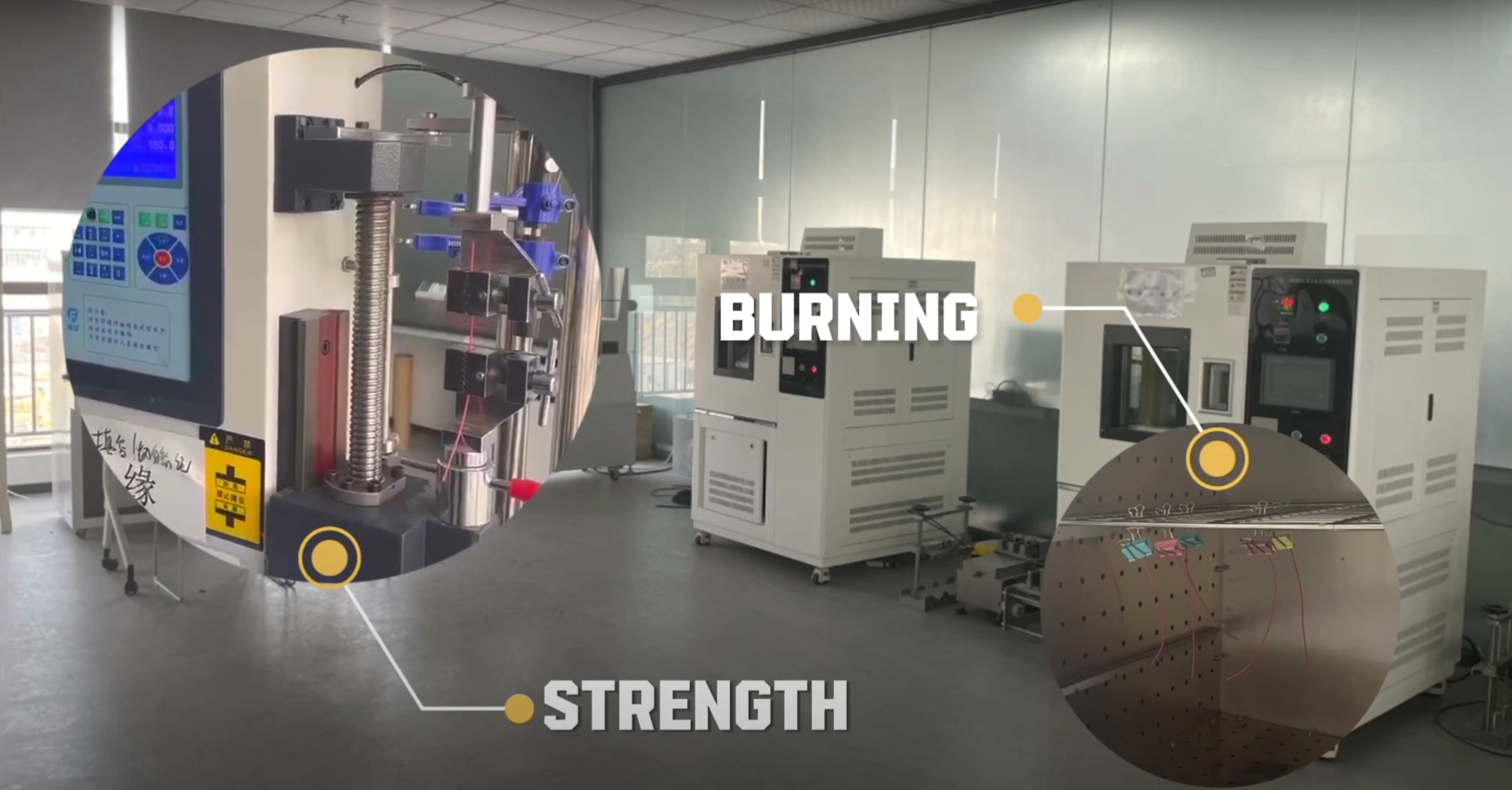Understanding Cable Testing: Essential Information
Cable testing is a critical aspect of ensuring the reliability and performance of cables in various applications. These tests are conducted to assess the integrity and functionality of cables, ensuring that they meet specific standards and can effectively carry out their intended functions.
Types of Cable Testing
Continuity Testing
One of the primary tests involved in cable testing is continuity testing. This test is designed to verify that the conductors in the cable are continuous and that there are no interruptions or breaks in the electrical path. It helps identify any faults in the cable that may hinder its proper operation.
Insulation Resistance Testing
Insulation resistance testing is another crucial aspect of cable testing. This test measures the electrical resistance between the conductors and the insulation surrounding them. It helps determine the effectiveness of the insulation in preventing current leakage or short circuits.
High Voltage Testing
High voltage testing is performed to assess the ability of the cable to withstand high voltage without breakdown. This test is essential for detecting any weaknesses in the insulation that could lead to electrical faults or safety hazards.
Polarization Index Testing
Polarization index testing is used to evaluate the insulation condition of the cable by comparing the insulation resistance at different voltage levels. It provides valuable insights into the overall health of the cable's insulation.
Time Domain Reflectometry (TDR) Testing
TDR testing is a technique used to identify and locate faults in the cable, such as breaks or impedance variations, by analyzing the reflected signals. This method allows for precise localization of cable faults, making it easier to conduct repairs or replacements.
Optical Time Domain Reflectometry (OTDR) Testing
In optical fiber cables, OTDR testing is employed to assess the optical loss and detect any anomalies or discontinuities along the length of the fiber. This test is vital for ensuring the proper functioning of optical fiber cables in data transmission and telecommunications networks.
Importance of Cable Testing
Cable testing plays a crucial role in ensuring the safety, reliability, and performance of cables across various industries and applications. By conducting thorough and comprehensive tests, potential risks, faults, and performance issues can be identified and addressed proactively, minimizing downtime and ensuring optimal operational efficiency.
Conclusion
In conclusion, cable testing encompasses a range of essential tests aimed at evaluating the integrity, performance, and safety of cables. By employing these tests, potential vulnerabilities and faults in cables can be identified and rectified, contributing to the overall reliability and functionality of cable systems.
Post time: May-08-2024

